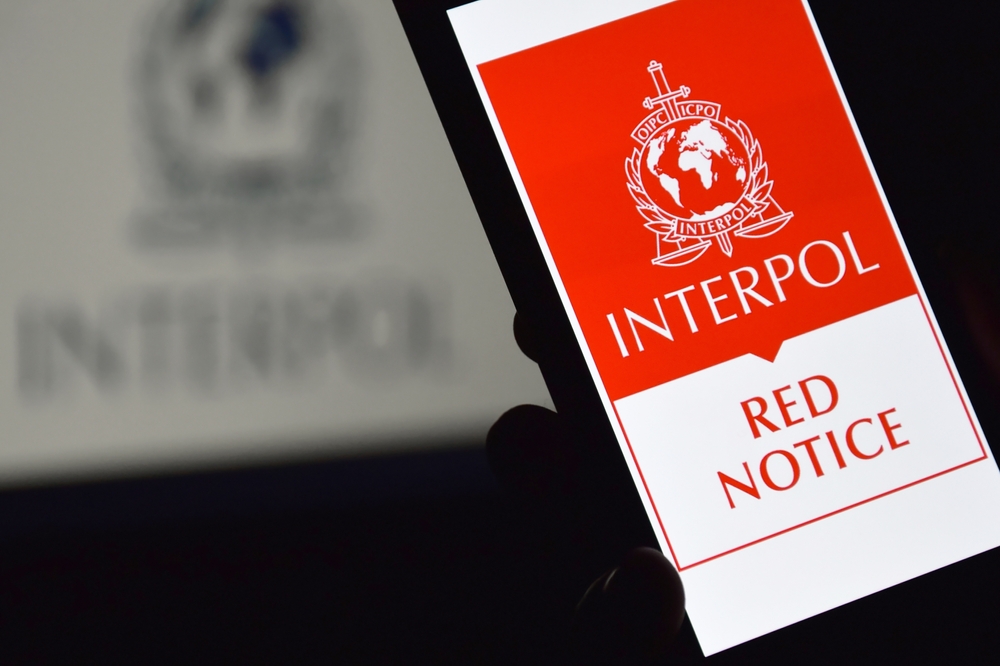Photo: Nguyen Dang Hoang Nhu
Interpol has long been accused – and not just by the Red Notice Monitor – of a lack of transparency in the way it operates, particularly regarding the functioning of the Interpol Red Notices and Diffusions Task Force (NDTF). Indeed, as recently as June 2022, the NDTF was described by one commentator in as “the most secretive part of Interpol’s redress mechanism.”
Red Notices and Diffusion alerts are submitted to Interpol by the National Central Bureaus (NCB’s) of member states. The NDTF is tasked with reviewing these applications as well as pre-existing notices and alerts so that, where possible, those that are non-compliant can be deleted from Interpol’s systems or filtered out before they are disseminated.
Until recently very little information about how the NDTF functioned was publicly available on Interpol’s website or elsewhere in its documentation.
In an initiative that will be warmly received by those interested in the important work the organisation does, a general overview of the operation of the NDTF was published on the “ Compliance and Review ” page of Interpol’s website a few weeks ago. It provides an informative insight as to the mechanisms employed by Interpol to screen and block abusive Red Notices and diffusions.
A summary of the key points follows below in relation to the screening of Red Notices and Diffusions follows below. The major differences that apply to the treatment of “Wanted Persons Diffusions” (WPD’s) are covered in a separate blog.
- Every new application for a Red Notice from a NCB is reviewed by the NDTF before it is published and disseminated on Interpol’s database by a multi-disciplinary team of lawyers, police officers, and operational specialists.
- Red Notices that do not comply with Interpol’s Rules will not be disseminated (in contrast to the position with WPD’s – see our blog on Diffusions,
- here
- ).
- When conducting their review, the NDTF will examine the status of the individual concerned, as well as the general ‘geopolitical’ context of the case – including for example, if the notice was “
- submitted in the context of domestic political unrest or an interstate dispute
- ” as well as
- “other information from members or elsewhere that could indicate non-compliance
- ”.
- Since 2018, the NDTF has also been tasked with the continuing review of existing Red Notices and Wanted Persons Diffusions as well as new applications.
- Using “technological tools” which can highlight non-compliance risks the NDTF employs a partly automated process in conducting these reviews.
- Should issues arise during the compliance process, the NDTF may seek further information from the requesting NCB Bureau before rendering their decision.
- If a Red Notice or Diffusion is deemed non-compliant the reasons for the decision will be communicated to the requesting NCB.
- Non-compliance based on a breach of Article 2(1) of Interpol’s Constitution (i.e. Universal Declaration of Human Rights violations) or Article 3 (bar on activities of a political, military, religious or racial character) will mean that “
- no further cooperation is allowed to take place via Interpol
- ”.
- Member states who consistently lodge non-compliant Red Notices can be punished with a partial or full suspension of processing rights. Interpol’s executive committee must approve any long-term suspension of these rights.
Intriguingly, Interpol confirms that “ on different occasions” various (unnamed) member states have been made subject to interim and corrective measures.
Just how effective these screening mechanisms have been in weeding out abusive Red Notices and Diffusions will be considered in a forthcoming Red Notice Monitor blog.
If you require legal advice from specialist Interpol Red Notice lawyers about any matter relating to Interpol, please contact us here . You can read more about us, here .



